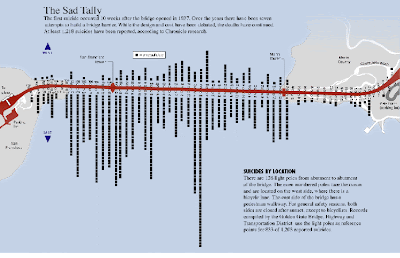Songlines are traditional maps created by the Aboriginal tribes of Australia. These maps often appear more like beautiful elaborate paintings, but upon investigation, one discovers that the bright colors, circles, lines, and other various patterns are uniquely representative of a particular person, tribe, or place. Aboriginals believed that everything in nature existed in terms of the human existence developing around it, and that every human and tribe has their own song with similar elements that creates the world as they know it. These maps, though not particularly useful to the common man in this day in age, will forever be a beautiful cultural relic and a representation of truly original art, thinking, and map making of the Aboriginal culture.






